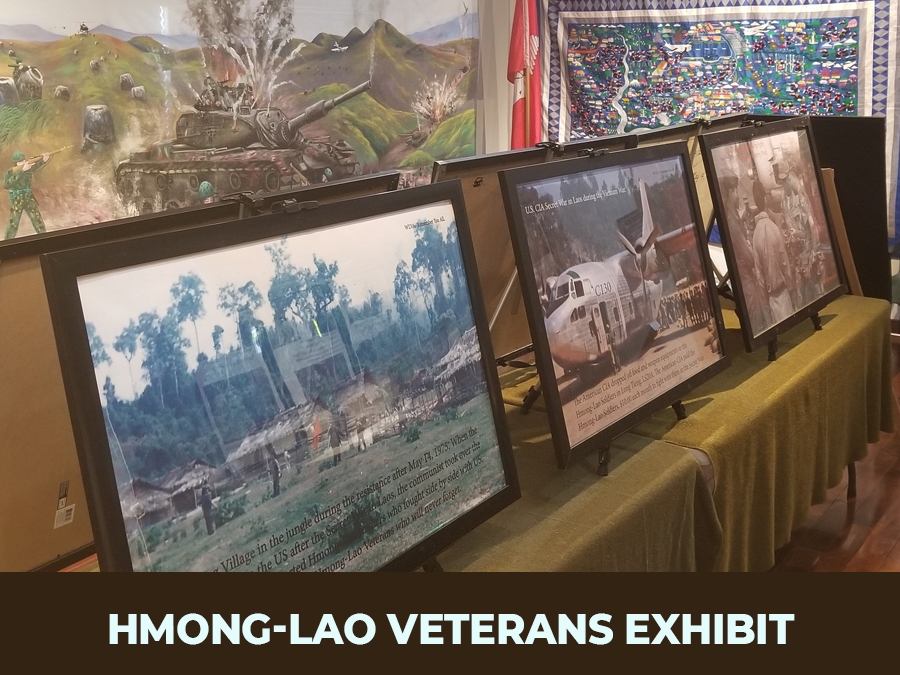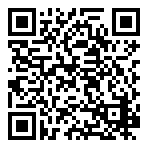
Hmong-Lao Veterans Exhibit
The Hmong-Lao Veterans Exhibit Was brought to The Highground by the Wisconsin Hmong-Lao Veterans of America.
The exhibit shows photographs that the Wisconsin Hmong-Lao Veterans put together to show notable events and people of the Secret War in Laos. This action—led by the U.S. CIA—started prior to the official U.S. deployment of combat troops in the Vietnam War.
A very special item in the exhibit is a Hmong embroidered story cloth. This large handmade textile wall hanging uses historic cultural imagery to tell the complex and terrifying struggle of the Hmong men, women and children as they fled their villages during and after the CIA’s Secret War in Laos and the withdrawal of U.S. troops in 1975 from the Vietnam War. After the U.S. withdrawal, the Hmong were relentlessly persecuted, tortured and killed by communist forces.
A large hand-painted cloth mural in the exhibit shows a realistic scene of the Vietnam War and the service and sacrifice of the Hmong-Lao soldiers.
Why this exhibit is important
The Story of the Hmong, American Allies in the Vietnam War, is often overlooked, forgotten or ignored. The Hmong are an ethnic group from Southeast Asia who lived in the mountainous regions of Laos, Vietnam and Thailand. During the Vietnam War, the CIA covertly recruited and trained Hmong soldiers in Laos to fight in support of U.S. forces against the North Vietnamese and the communist Pathet Lao. The operation became known as the Secret War and operated from 1961–1975.
The CIA directed Hmong soldiers to:
- disrupt the North Vietnamese supply lines.
- provide intelligence about enemy operations.
- guard a strategic U.S. radar station.
- rescue downed American pilots.
After the withdrawal of U.S. forces and triumph by the communist forces, Hmong were persecuted and killed – forced to flee their homeland. Thousands of Hmong men, women and children died trying to reach refugee camps in Thailand. Many Hmong soldiers who fought for and alongside U.S. forces remained fighting for their land and the survival of their families after the U.S. withdrawal in 1975. Hmong refugees were legally admitted to the United States and other countries. California, Minnesota and Wisconsin were leaders in accepting Hmong refugees. The first wave arrived in the late 1970s and early 1980s.

